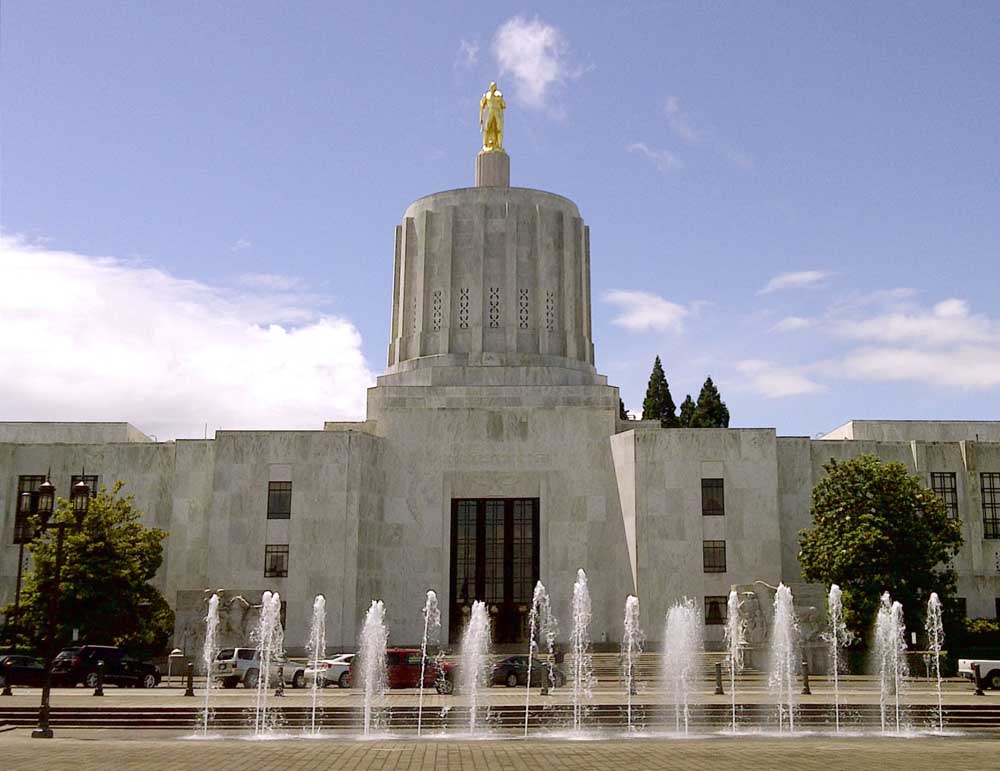USDA to invest in strengthening supply chain
Published 9:00 am Thursday, June 10, 2021

- Tom Vilsack
USDA Secretary Tom Vilsack says the agency plans to invest more than $4 billion to bolster the resilience of the food supply chain through the Biden administration’s “Build Back Better” initiative.
Last week’s cyber attack on meat processor JBS, along with the COVID-19 pandemic, are recent reminders of the fragile nature of the food-supply chain, Vilsack said in a conference call with reporters.
“I would say this challenge of the supply chain adds to a number of concerns that have arisen about our current food and ag system,” he said.
Those concerns include on-farm profitability, resource conservation, nutrition and lack of opportunity for socially disadvantaged and small to medium-sized farmers.
“This leads me to believe that what we really need is a transformational change to one that is economically, environmentally and nutritionally more resilient and fairer and more open,” he said.
Vilsack has also been named co-chairman of the administration’s new Supply Chain Disruptions Task Force.
The task force will take a whole-of-government approach to all of the issues relating to critical supply chains, including those involved in the food and agriculture system, he said.
“Over the course of the next several months, we will be announcing the specific elements of this, resources that will become available,” he said.
Those resources will include grants, loans and innovative funding to build resiliency in food production, processing, distribution and aggregation and markets and consumer benefits. It’s part of the broader effort to address supply chain issues in several sectors of the economy — including transportation, energy and manufacturing, to name just three, he said.
“In the food production area, we hope to make this system more resilient by continuing to build on our efforts at attracting beginning farmers by providing significant transition assistance,” he said.
That assistance allows those farmers to transition to a more value-added proposition without necessarily being economically penalized, as well as providing assistance for those who work on farm fields and in manufacturing and processing facilities, he said.
“On the processing side, we hope to provide resources be able to improve existing small and mid-sized processing facilities to be able to cope and manage with the current challenges they face as result of COVID,” he said.
USDA also wants to create a pilot program for the federal government to partner with state and local governments to see if there’s an opportunity for new processing facilities and capacity to make the system more resilient, he said.
“In the food distribution/aggregation area, we look to be able to expand and increase the number of food hubs, particularly those that will operate in high-poverty areas,” he said.
USDA plans to develop cooperative agreements between food banks and producers to create additional market opportunities for small and mid-sized producers and hopes to see an expansion of food banks in underserved areas, he said.
“In the market area, we hope to increase the availability of access to healthy foods with these resources, including incentives to support food that is generated and developed in a fair and healthy system,” he said.






